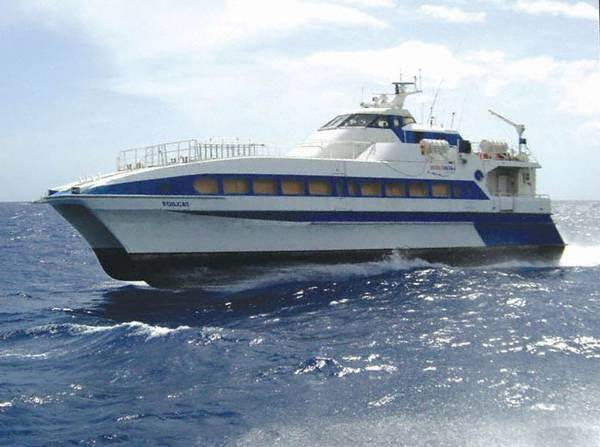Here is a selection of Dynamicas skills and associated completed projects:
Navigation, guidance and control
We have contributed in the development of several systems for stabilization or damping of wave induced motion in marine vessels, autopilots, systems for dynamic positioning, motion planning and control. Other examples are design of instrumentation and estimation systems for the measurements of motion and position. Applications cover a broad spectrum of vessels from high-speed hydrofoil boats and slower underwater vehicles to buoys for estimation of the wave spectrum.
Examples:
- ROV: Underwater navigation systems, autopilots and dynamic positioning systems.
- Inspection: Autopilots in underwater vehicles used for inspection of ship hulls.
- Automatic docking: Autopilots and dynamic positioning for surface vessels.
- EGNOS(GPS) RIMS-B(Ranging and Integrity Monitoring Stations), project participation.
Subsea operations
Significant cost reductions can be obtained by investigating many kinds of offshore operations on a simulator before putting out to sea and learning the hard way. Even small modifications can lead to large savings.
Examples are:
- Seismic survey vessels.
- Depth- and lateral control of hydrophone streamers.
- Mooring systems.
- Fishing equipment.
- Mine sweeping.
- Various kinds of cable deployment.
More details here
Motion compensation
for lifting machinery on board ships and floating platforms is becoming more and more important as profit margins drop and the constraints on production under difficult weather conditions increase. Because of the enormous amount of energy conversion involved, combined with demands on precision, the control of the hydraulic and electrical machinery, and the measurement and estimation of motion are paramount requirements.Heave compensation
Examples:
- Design of control algorithms for heave compensation of cranes and drilling equipment.
- Dynamic simulation of vessels, machinery, hydraulic equipment, wires and payloads.
Offshore
Dynamica can draw on experiences from several fields in offshore production. We have simulated the drilling process and designed remotely controlled hydraulic valve systems, algorithms for leakage detection in pipes, and control systems in compressors and gas processes.
Examples:
- Mudman: Simulator for pressure calculations in drilling holes (ECD).
- Simulation of hydraulically operated wellheads (“christmas trees”).
- Control of gas compression processes.
- Optimizing water injection systems.
Hydro power generation
We have been involved in simulating hydro power production and electrical networks in addition to designing optimal predictive control of water courses and tributaries based on reservoir states and precipitation prognosis.
Examples:
- Power plant simulator: Training simulators for complete hydropower generation system from the water reservoir via distribution nets to consumers.
- Salmon rivers: Optimizing power generation when strict concession demands on water utilization are to be met.
Metallurgical prosess industry
It is very difficult to measure vital variables in and around melting furnaces. New principles of measurement and estimators for these variables are of interest in this industry. We have carried out several projects in modeling, control and simulation of industrial furnace processes. We are engaged in working with distributed network solutions for data acquisition from industrial furnaces spread throughout Norway and other countries.
Examples:
- Data acquisition and supervision of electrode masses and tip positions in Silicon production furnaces.
- Distributed data acquisition and monitoring systems.
Flight Control System
Worth mentioning is also a control- and stabilization system for a unique high speed unstable foil-born catamaran, Foilcat 2900, that was completed as far back as in 1992.
The project consisted of an integrated sensor system with a complete error detection and error handling system for all sensors and actuators and a dynamic simulator system with error-effect analysis and graphical animation.
The vessel had a maximum speed in exess of 50 knots with the hull elevated 2.3m. In this state, the vessel was inherently unstable and could only be operated with assistance from a computerized control system that prevented it from capsizing – a “fly-by-wire” system. The main actuators, hydraulic flaps on each of the submerged foils, counted 5 in total.
The control system contained several interresting properties:
- A 3D multivariable, model-based control algorithm.
- Linearization by means of non-linear dynamics.
- Kompensation of wave-induced disturbances.
- Optimal actuator allocation.
- Realtime error-diagnosis.
The result was a vessel that could maintain a significantly higher speed than comparable ones, i.e. vessels with same size, comfort level and fuel consumption.
Alas, the vessel was no commercial success due to its limited payload and excessive maintenance costs.

